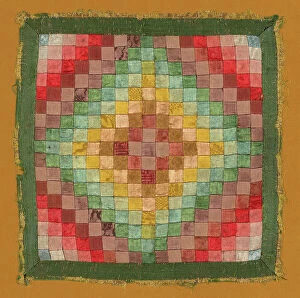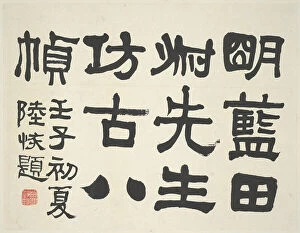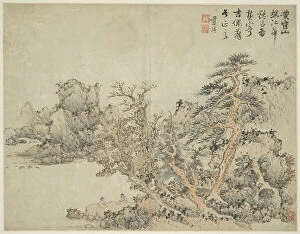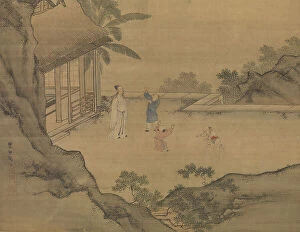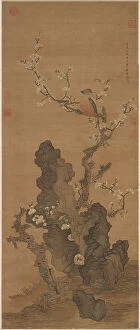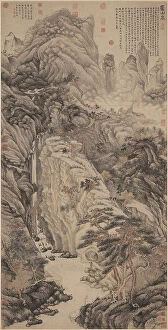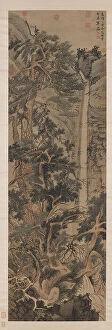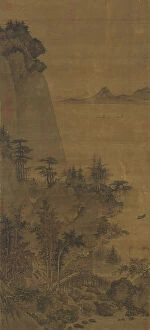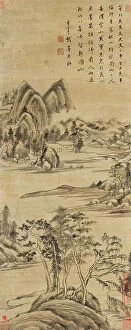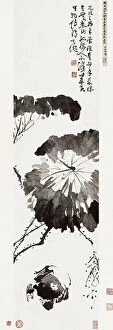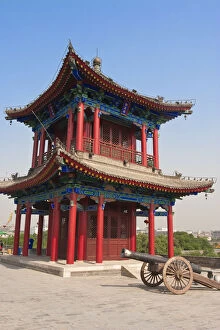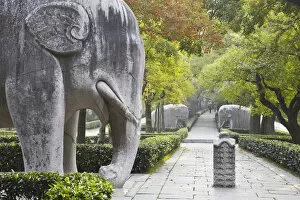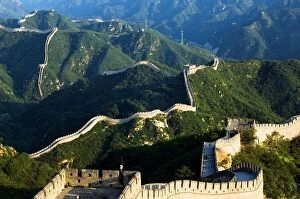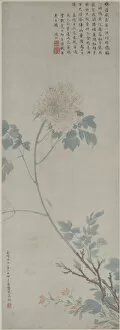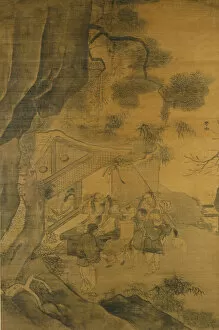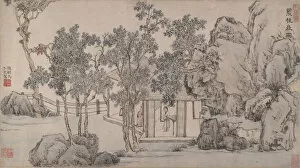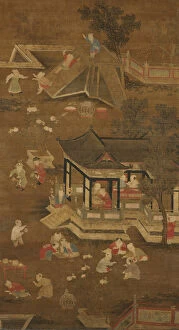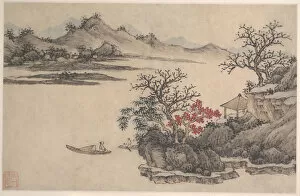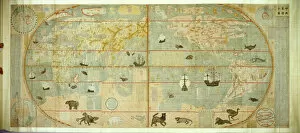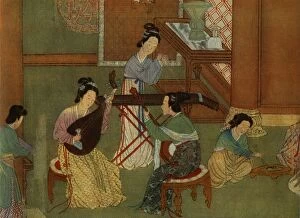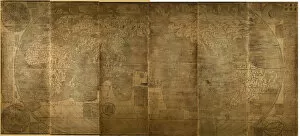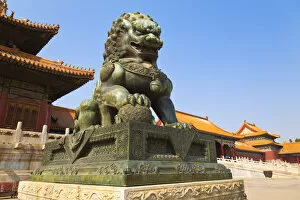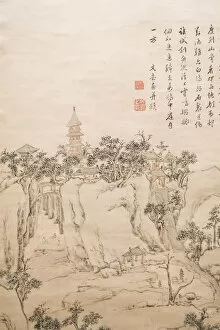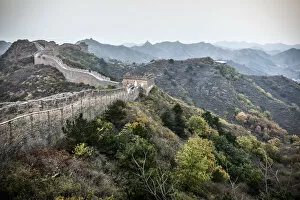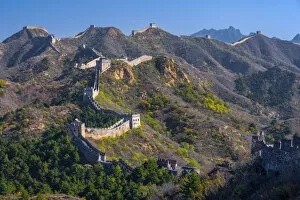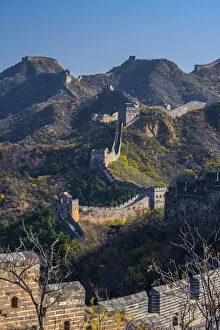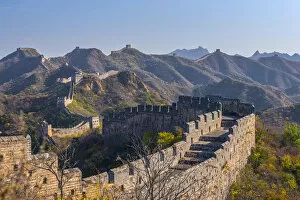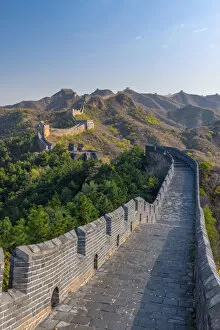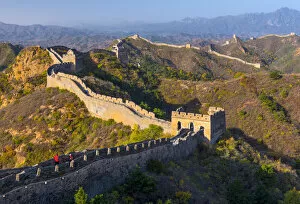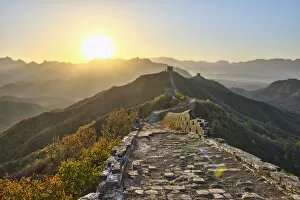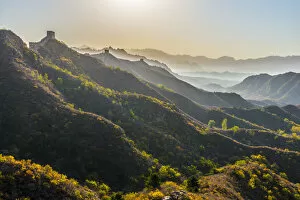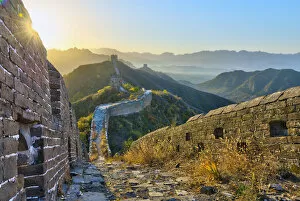Ming Dynasty Collection (#2)
The Ming Dynasty, a period of Chinese history that spanned from 1368 to 1644, was characterized by its rich cultural and artistic achievements
For sale as Licensed Images
Choose your image, Select your licence and Download the media
The Ming Dynasty, a period of Chinese history that spanned from 1368 to 1644, was characterized by its rich cultural and artistic achievements. The Selden Map of China, created by a Chinese master, provides us with valuable insights into the maritime trade routes during this era. Meanwhile, the Great Wall of China stands tall as a UNESCO World Heritage Site, reminding us of the architectural prowess and defensive strategies employed during the Ming Dynasty. Artistic expressions flourished during this time as well. Guanyin as the Nine-Lotus Bodhisattva is an exquisite sculpture dating back to 1593. Its creator remains unknown but their skill in capturing spiritual beauty is evident. Similarly, The Eight Hosts of Deva, Naga, and Yakshi showcases intricate craftsmanship from 1454. In Beijing's Temple of Heaven lies a Chinese urn that serves as a testament to Ming-era design aesthetics. It stands proudly against the backdrop of one of China's most iconic landmarks. Paintings also played an essential role in Ming Dynasty artistry. Dai Jin's masterpiece "The Hermit Xu You Resting by a Stream" captures serene tranquility amidst nature's beauty while Yin Hong's "Birds Gather under the Spring Willow" evokes feelings of joy and harmony. Not limited to visual arts alone, Abraham Hendricksz van Beijeren's "Banquet Still Life" portrays lavish feasts enjoyed during this prosperous period. As we explore further into this era’s legacy, we encounter historical remnants such as watchtowers on ancient city walls in Xi'an and depictions like Heavenly King Virudhaka hanging scroll or cast iron sculptures like Seated Monk from around 1490. Finally, Peony Hanging Scroll demonstrates how delicate brushstrokes brought flowers to life on paper in 1532—a testament to both artistic talent and appreciation for natural beauty prevalent throughout the Ming Dynasty.

